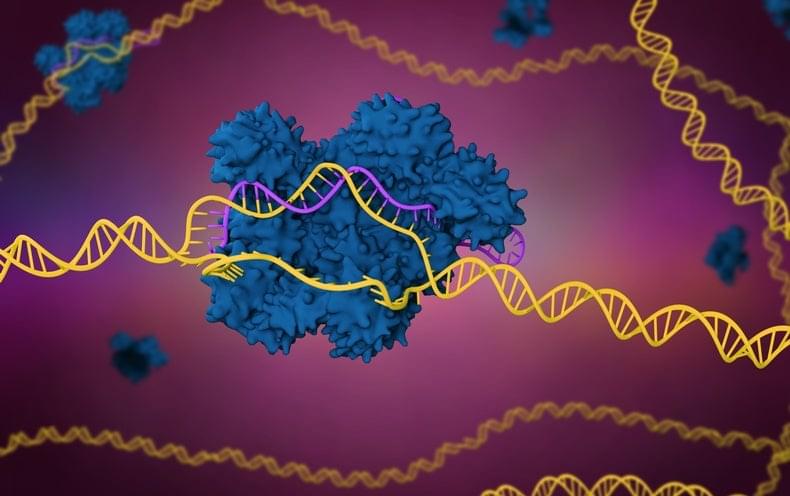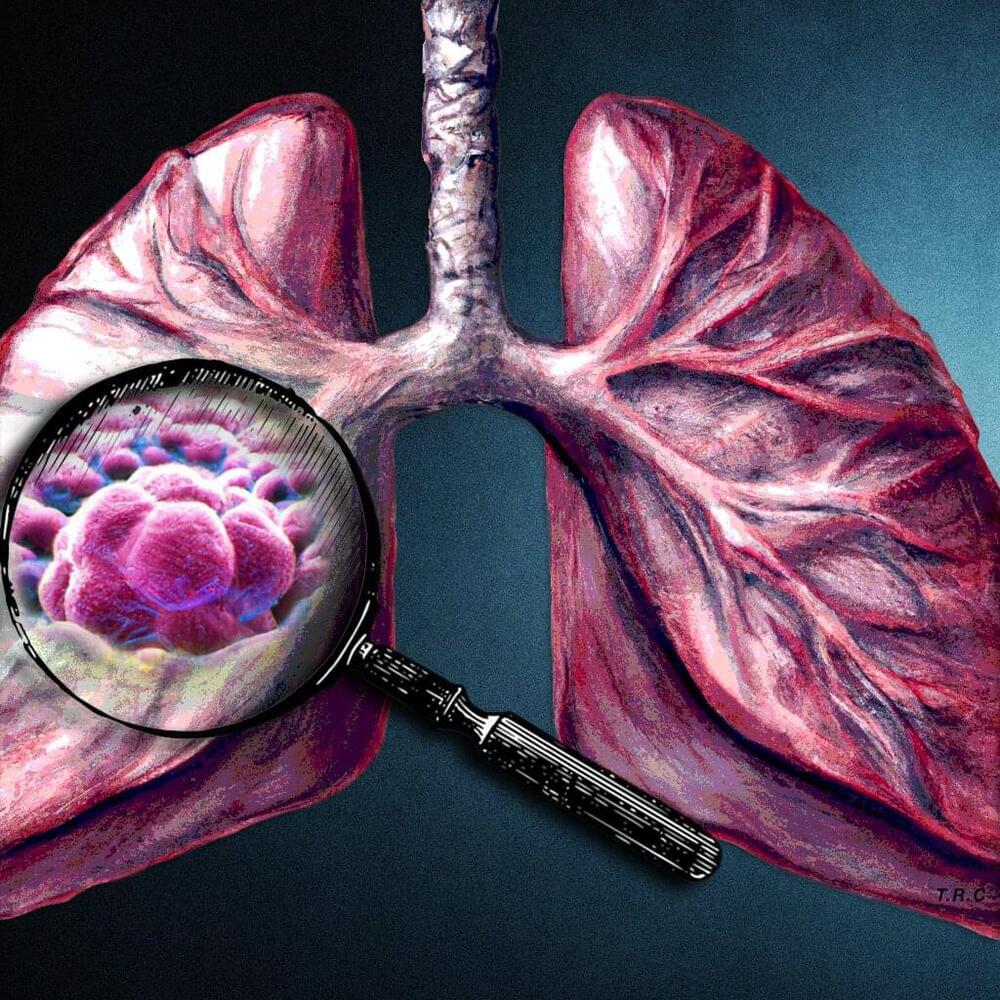Patient-specific modeling could help clinicians determine whether an individual’s brain aneurysm is at risk of bursting.



This is the first time scientists have observed vessels form with such a close resemblance to the complicated structure of naturally occurring blood vessels.
An international research collaboration headed by the University of Sydney has created technology that allows for the production of materials that mirror the structure of living blood vessels, with major implications for the future of surgery.
Preclinical research showed that once the manufactured blood vessel was transplanted into mice, the body accepted it and new cells and tissue began to develop in the appropriate locations, thereby converting it into a “living blood vessel.”


Scientists at the Garvan Institute of Medical Research have identified molecular profiles of the surrounding matrix of a common type of lung cancer that might indicate which patients are likely to develop aggressive tumors.
Squamous cell carcinoma is the second most prevalent type of lung cancer. Yet treatment options for these patients remain limited and have remained largely unchanged over decades. High rates of recurrence and chemotherapy resistance mean that less than one in five patients will survive more than five years after their diagnosis.
In addition to studying cancer cells, Garvan researchers have been turning their attention to the environment that surrounds these cancer cells in the tumor. A major component of this environment is the extracellular matrix, a 3D meshwork of around 300 core molecules. This matrix is present in all tissues in the body, where it normally provides structural and functional support to hold cells together. But in cancers, this matrix is fundamentally altered and these changes can promote tumor growth.

According to the researchers, these drugs may effectively prevent dementia in high-risk individuals with mild to moderate type 2 diabetes, and it may now be worthwhile to give them priority in future clinical trials to determine whether they can be repurposed.
Researchers have begun to investigate whether diabetes drugs could potentially help prevent or cure dementia since type 2 diabetes and dementia share several physiological patterns. However, the results have been inconsistent thus far.
The researchers compared the incidence of dementia in older adults with type 2 diabetes who were receiving either sulfonylurea or thiazolidinedione (TZD) with those receiving metformin alone in order to shed further light on this.

Galactica was supposed to help “organize science.” Instead, it spewed misinformation.
In the first year of the pandemic, science happened at light speed. More than 100,000 papers were published on COVID in those first 12 months — an unprecedented human effort that produced an unprecedented deluge of new information.
It would have been impossible to read and comprehend every one of those studies. No human being could (and, perhaps, none would want to).

Spiraling costs, closed facilities, capacity issues, staff burnout, staff shortages, lots of chaos — sounds like an ailing industry — and that industry is healthcare. Can artificial intelligence help mend some of the problems faced by hospitals and healthcare providers? There has been progress on that front — not fast enough, but progress nonetheless.
While interest in healthcare AI is high, “the level of acculturation of C-level executives is lagging, especially for organizations that would need it the most — pharmas, medtechs and hospitals,” a recent Capgemini report relates. The problem, the study’s authors relate, is data. “Enhancing the patient care pathway and improving care delivery remain on the top of the organizations’ agendas,” according to the report’s team of coauthors, led by Charlotte Pierron-Perlès. However, only about a third of healthcare organizations surveyed by Capgemini prioritize the availability of patient information. “We do not see major progress from 2021 [the year of the previous study].”
The good news is that many healthcare providers are stepping up their AI work. “The healthcare industry is now starting to implement AI and machine learning solutions at increased scale and sophistication,” says Tony Ambrozie, CIO at Baptist Health South Florida. “AI and machine learning will augment their ability to make sense of the vast amounts of data available.”

A new AI system reconstructs images from MRI data two-thirds more accurately than older systems. This is made possible by more data and diffusion models.
Can AI models decode thoughts? Experiments with large language models, such as those by a Meta research group led by Jean-Remi King, attempt to decode words or sentences from MRI data using language models.
Recently, a research group demonstrated an AI system that decodes MRI data from a person watching a video into text describing some of the visible events.
The fourth discussion of the NEW NOW program, “Transhumanism: Beyond the Human Frontier?”, took place on December 16.
Together with our guest experts, we tried to identify the latest technology that has either already become a reality or is currently in development, focusing on the ethical aspects of the consequences that ensue. We reflected on the question of whether the realization of transhumanist ideas is likely to entail a radical change in the ways people relate to one another. How far are we prepared to go in changing our bodies in order to attain these enhanced capacities? We will attempt to identify the “human frontier”, beyond which the era of posthumanism awaits.
Speakers:
James “J.” Hughes Ph.D. is a bioethicist and sociologist who serves as the Associate Provost for the University of Massachusetts Boston (UMB), and as Senior Research Fellow at UMB’s Center for Applied Ethics. He holds a doctorate in Sociology from the University of Chicago where he taught bioethics at the MacLean Center for Clinical Medical Ethics. Since then Dr. Hughes has taught health policy, bioethics, medical sociology and research methods at Northwestern University, the University of Connecticut, and Trinity College.
Timothy Morton is Rita Shea Guffey Chair in English at Rice University. They have collaborated with Laurie Anderson, Björk, Jennifer Walshe, Hrafnhildur Arnadottir, Sabrina Scott, Adam McKay, Jeff Bridges, Olafur Eliasson, Pharrell Williams and Justin Guariglia. Morton co-wrote and appears in Living in the Future’s Past, a 2018 film about global warming with Jeff Bridges. They are the author of the libretto for the opera Time Time Time by Jennifer Walshe.
Eric Schwitzgebel. Most of Professor Eric Schwitzgebel research explores connections between empirical psychology and philosophy of mind, especially the nature of belief, the inaccuracy of our judgments about our stream of conscious experience, and the tenuous relationship between philosophical ethics and actual moral behavior.
Join us on Patreon!
https://www.patreon.com/MichaelLustgartenPhD
TruDiagnostic Discount Link (Epigenetic Testing)
CONQUERAGING!
https://bit.ly/3Rken0n.
Bristle Discount Link (Oral Microbiome Quantification):
ConquerAging15
https://www.bmq30trk.com/4FL3LK/GTSC3/
Quantify Discount Link (At-Home Blood Testing)
https://getquantify.io/mlustgarten.
Cronometer Discount Link (Daily Diet Tracking):
https://shareasale.com/r.cfm?b=1390137&u=3266601&m=61121&urllink=&afftrack=
If you’d like to support the channel, you can do that with the website.